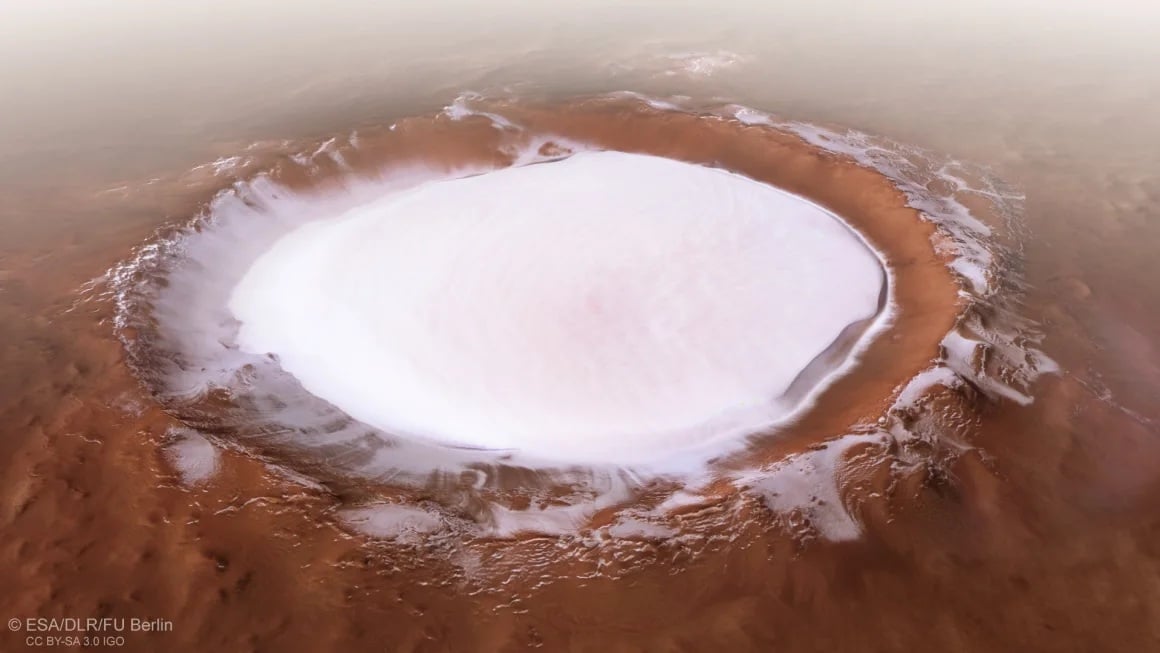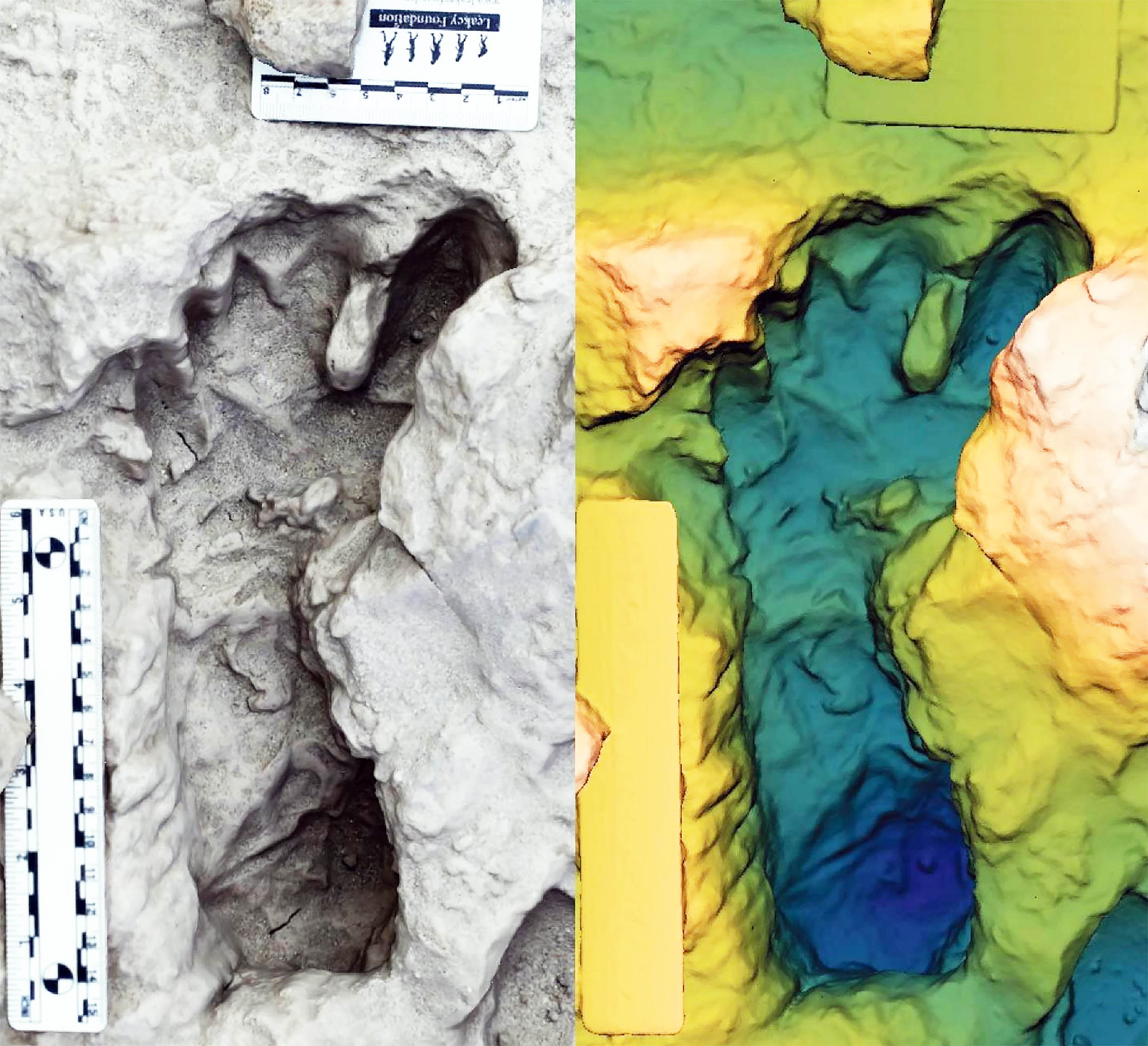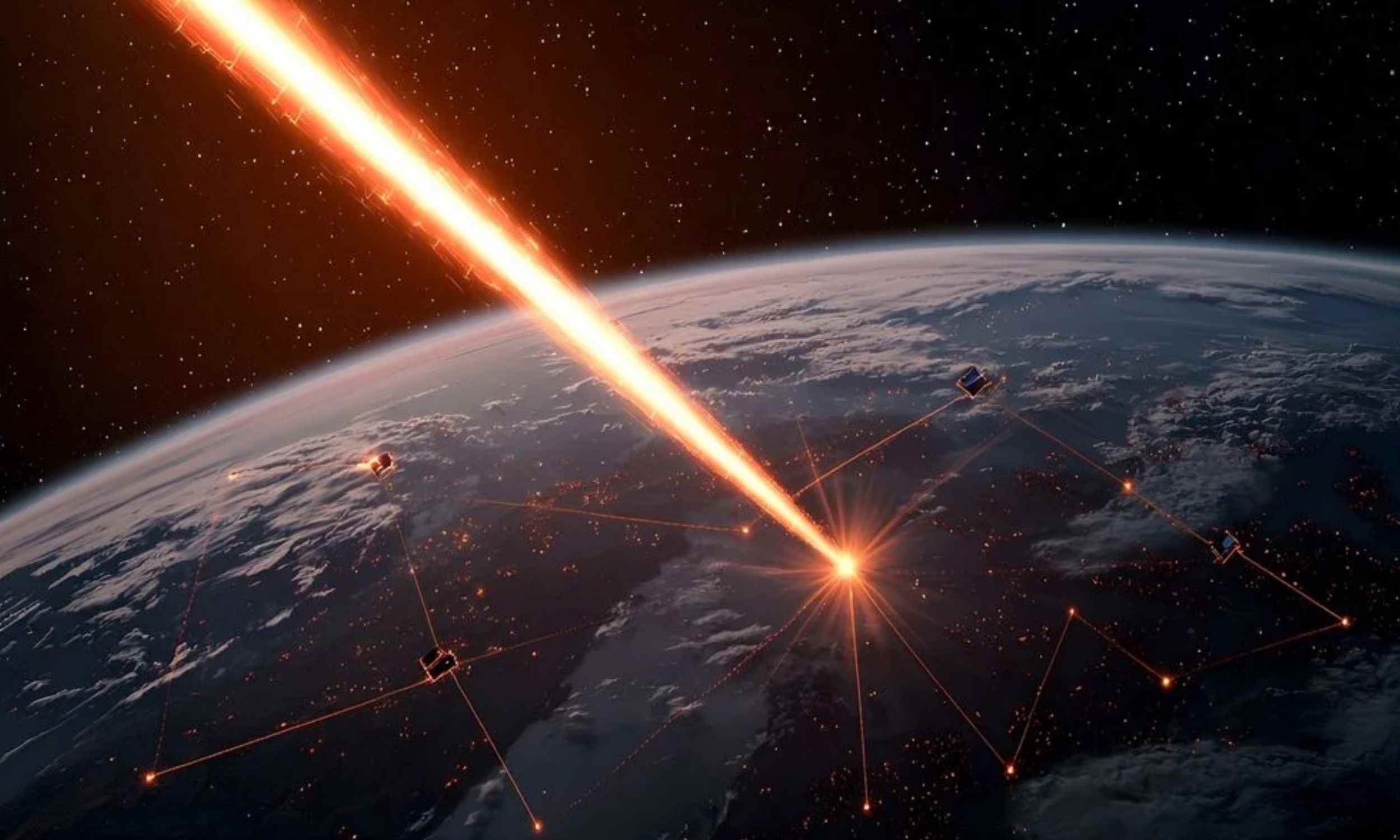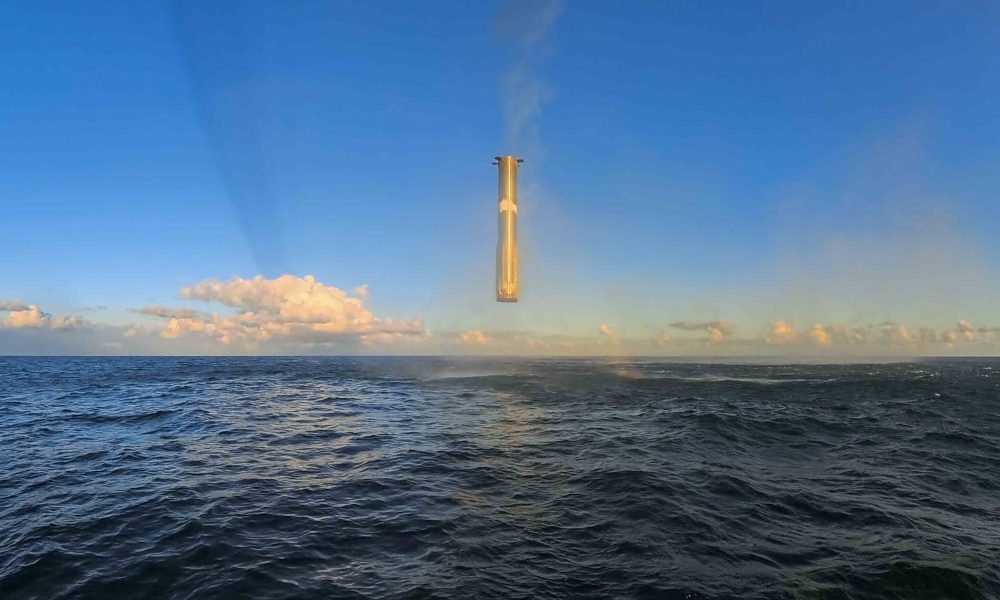The Taftan Volcano Awakens: A Hidden Giant Ready to Erupt?

Imagine a volcano that has been silent for over 700,000 years suddenly showing signs of life! The Taftan volcano in eastern Iran, once considered dormant, has made a startling comeback in 2023 as its summit began to rise.
Standing nearly 13,000 feet tall, Taftan had long seemed like a relic of geologic history. But in just ten months, satellite imagery has revealed an astonishing 3.5-inch bulge at its summit, suggesting that this giant is anything but extinct.
Led by volcanologist Pablo González from Spain's Institute of Natural Products and Agrobiology, scientists used the European Space Agency's Sentinel-1 satellite to monitor the subtle yet significant changes in Taftan's landscape. Between July 2023 and May 2024, they observed ground movements that hinted at a brewing volcanic resurgence, fueled not by rain or earthquakes but by something deeper—gases and hot fluids building pressure within its hydrothermal system.
“It must let it out somehow someday, either explosively or silently,” González explained, stressing that while there’s no immediate danger of an eruption, Taftan deserves close attention. The volcano, previously thought to be extinct—having not erupted since the last ice age—now shows signs that it may awaken from its slumber.
As reports of sulfurous odors and smoky fog wafted from Taftan's crater reached nearby communities like Khash, about 50 kilometers away, researchers revisited satellite images to confirm these unsettling observations. The volcano's fumaroles—the gas vents releasing substances such as water vapor and sulfur dioxide—have become increasingly active, with a daily output of around 20 tons of sulfur dioxide, indicating heightened underground pressure.
High-precision monitoring techniques have allowed scientists to detect these movements, utilizing a method called common-mode filtering that enhances satellite readings. This advanced technology has revealed that Taftan's uplift has continued steadily, unlike previous brief episodes of bulging that subsided quickly. Such persistent deformation hints at an unstable volcanic system lurking just beneath the surface.
Located atop the Makran subduction zone, Taftan is at the mercy of tectonic forces as the Arabian Plate slowly slides beneath the Eurasian Plate. This ongoing collision is responsible for both volcanism and earthquakes in the region. While magma may not yet be surfacing, the underlying activity is reshaping the earth above.
Alarmingly, Taftan lacks the ground-based monitoring systems that are standard for better-known volcanoes, primarily due to its remote location and security issues. As González noted, satellite radar technology is vital for observing volcanic activity where traditional methods fall short. This study aims not to incite panic among locals but to advocate for increased monitoring investments from local authorities.
For now, Taftan’s revival poses no immediate threat, but scientists warn that if pressure continues to build, it could lead to steam explosions or larger eruptions, impacting nearby communities with ash fall and air quality issues. The research serves as a crucial reminder that Earth’s geological systems are dynamic, and what appears dormant may simply be waiting for the right moment to awaken.
The findings underscore the potential of satellite radar to monitor volcanoes worldwide, especially in under-monitored areas, and highlight the need to rethink what it means for a volcano to be 'extinct.' While Taftan’s uplift brings with it an air of suspense, it also fuels the hope that understanding these geological phenomena could lead to life-saving predictions and even advancements in clean energy as we explore the planet's geothermal systems.

















